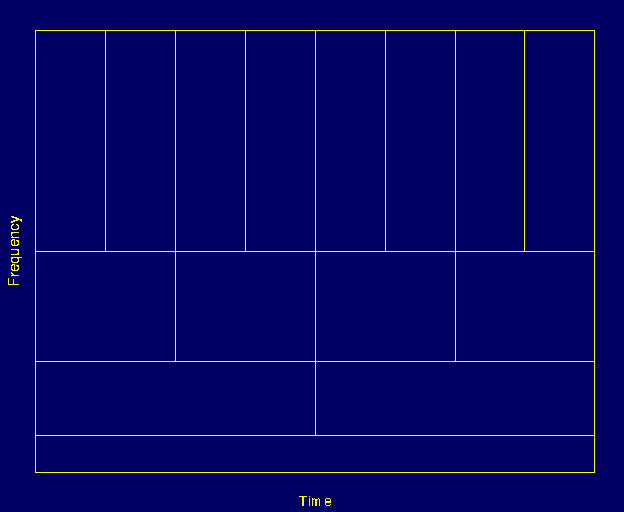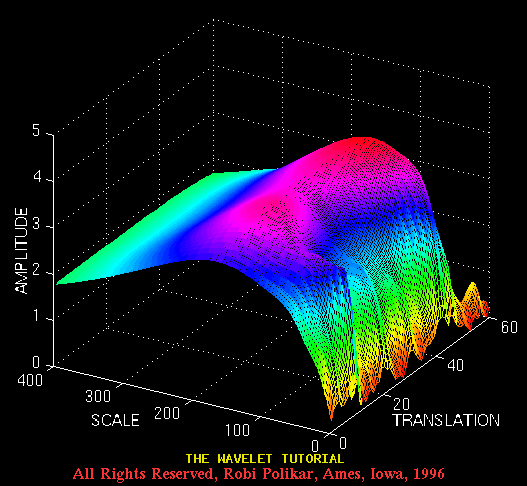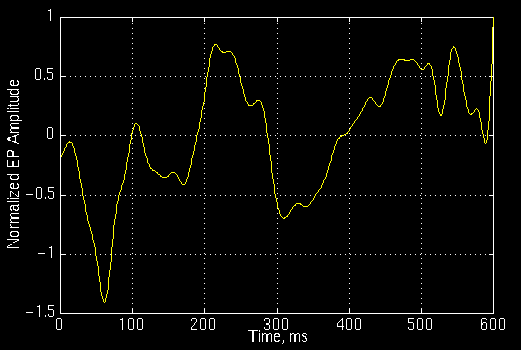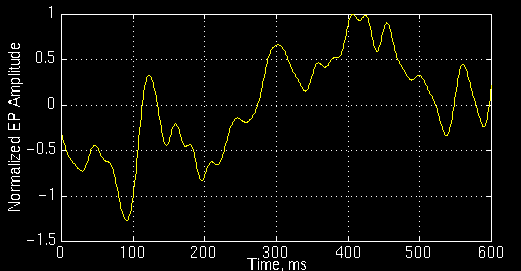In this section we will take a closer look at the resolution properties of the wavelet transform. Remember that the resolution problem was the main reason why we switched from STFT to WT.
The illustration in following Figure is commonly used to explain how time and frequency resolutions should be interpreted. Every box in following Figure corresponds to a value of the wavelet transform in the time-frequency plane. Note that boxes have a certain non-zero area, which implies that the value of a particular point in the time-frequency plane cannot be known. All the points in the time-frequency plane that falls into a box is represented by one value of the WT.

Let's take a closer look at last Figure: First thing to notice is that although the widths and heights of the boxes change, the area is constant(时间间隔在变,频率范围在变,但是时间-频率的乘积不会变). That is each box represents an equal portion of the time-frequency plane, but giving different proportions to time and frequency. Note that at low frequencies, the height of the boxes are shorter (which corresponds to better frequency resolutions, since there is less ambiguity(模棱两可的) regarding the value of the exact frequency), but their widths are longer (which correspond to poor time resolution, since there is more ambiguity regarding the value of the exact time). At higher frequencies the width of the boxes decreases, i.e., the time resolution gets better, and the heights of the boxes increase, i.e., the frequency resolution gets poorer.
Before concluding this section, it is worthwhile to mention how the partition (时间-频率 分区)looks like in the case of STFT. Recall that in STFT the time and frequency resolutions are determined by the width of the analysis window, which is selected once for the entire analysis, i.e., both time and frequency resolutions are constant. Therefore the time-frequency plane consists of squares in the STFT case.
Regardless of the dimensions of the boxes, the areas of all boxes, both in STFT and WT, are the same and determined by Heisenberg's inequality (作者采用了海森伯格的不确定理论进行解释). As a summary, the area of a box is fixed for each window function (STFT) or mother wavelet (CWT), whereas different windows or mother wavelets can result in different areas. However, all areas are lower bounded by 1/4 \pi . That is, we cannot reduce the areas of the boxes as much as we want due to the Heisenberg's uncertainty principle. On the other hand, for a given mother wavelet the dimensions of the boxes can be changed, while keeping the area the same. This is exactly what wavelet transform does.
All of the examples that are given below correspond to real-life non-stationary signals(来源于真实世界的非平稳信号). These signals are drawn from a database signals that includes event related potentials of normal people, and patients with Alzheimer's disease(阿尔茨海默氏患者信号). Since these are not test signals like simple sinusoids, it is not as easy to interpret them. They are shown here only to give an idea of how real-life CWTs look like.
2.1 The following signal shown belongs to a normal person(正常人的生理信号).
and the following is its CWT(正常人生理信号的连续小波变换). The numbers on the axes are of no importance to us. those numbers simply show that the CWT was computed at 350 translation and 60 scale locations on the translation-scale plane. The important point to note here is the fact that the computation is not a true continuous WT, as it is apparent from the computation at finite number of locations. This is only a discretized version of the CWT, which is explained later on this page. Note, however, that this is NOT discrete wavelet transform (DWT) which is the topic of Next Part of this tutorial.
2.2 a patient diagnosed with Alzheimer's disease(阿莫茨海莫氏患者生理信号)
该信号的连续小波变换:





























 4791
4791

 被折叠的 条评论
为什么被折叠?
被折叠的 条评论
为什么被折叠?








